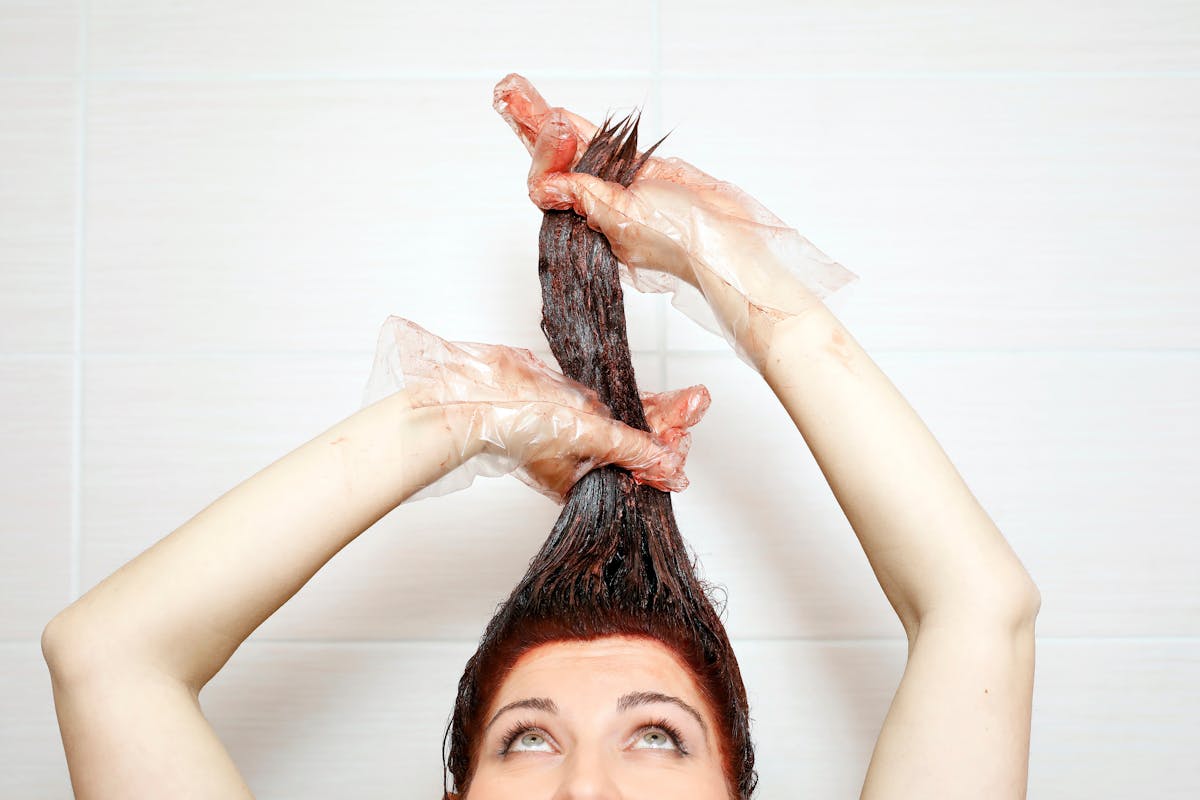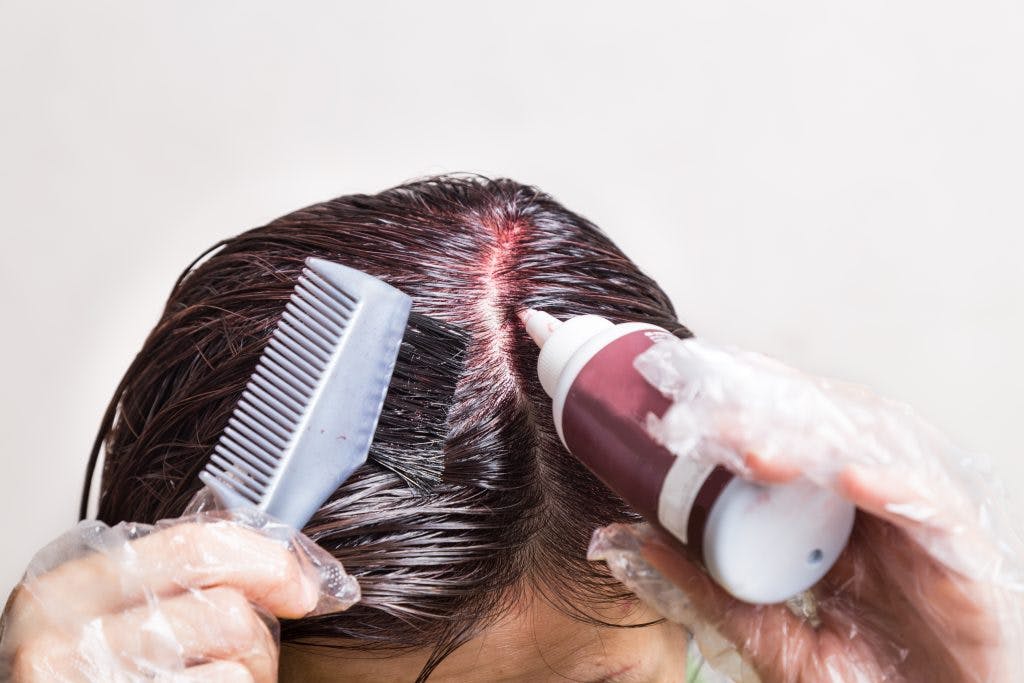From elegant updos to a seemingly endless spectrum of color, one of the beautiful things about hair is our ability to transform it. But with dyed hair, transformation can come at a price — and we aren’t just talking about high-priced colorists.
Many hair dyes contain harsh and harmful chemicals that damage hair from root to tip. Common ingredients like hydrogen peroxide can have detrimental hair effects — and some studies even suggest a link between hair dyeing and certain cancers.
“Hydrogen peroxide can also be damaging to hair because it’s not a smart molecule,” hair-color chemist Valerie George told Bustle. “While it prefers to go after the melanins [in hair], it really will interact with anything, including keratin, the dominant protein that makes up the hair fiber. This can also lead to damage.”
So before you take the plunge, consider the following to guide you in the right dye-rection.


